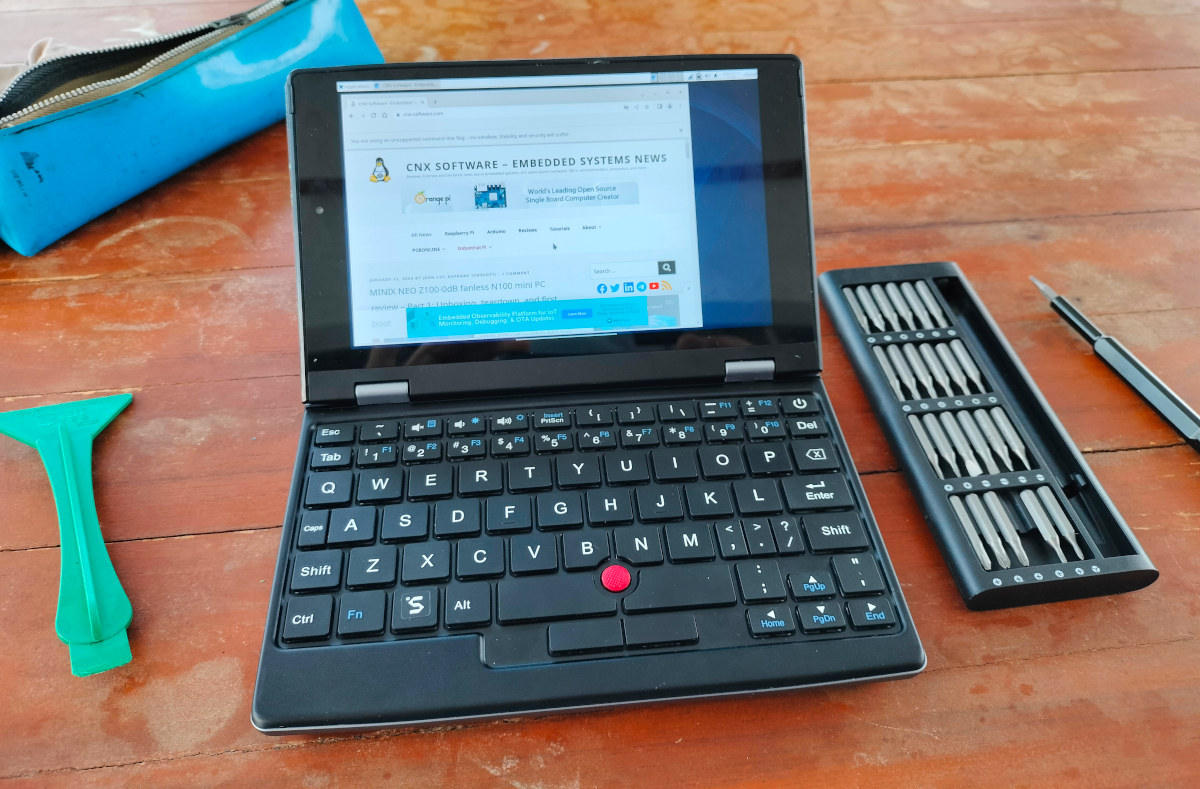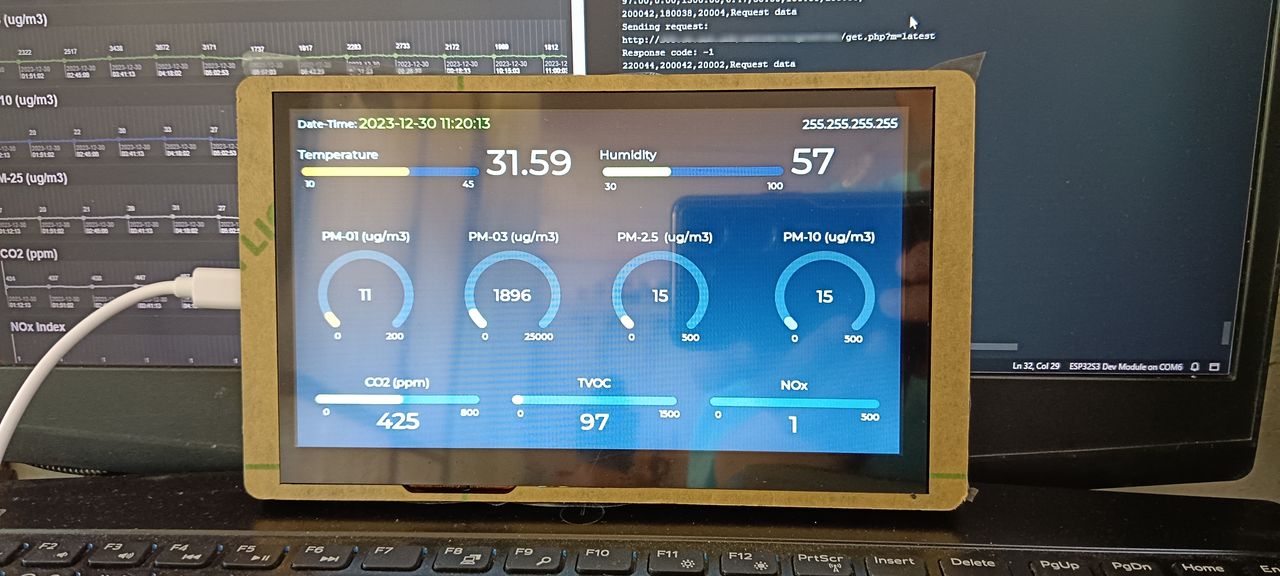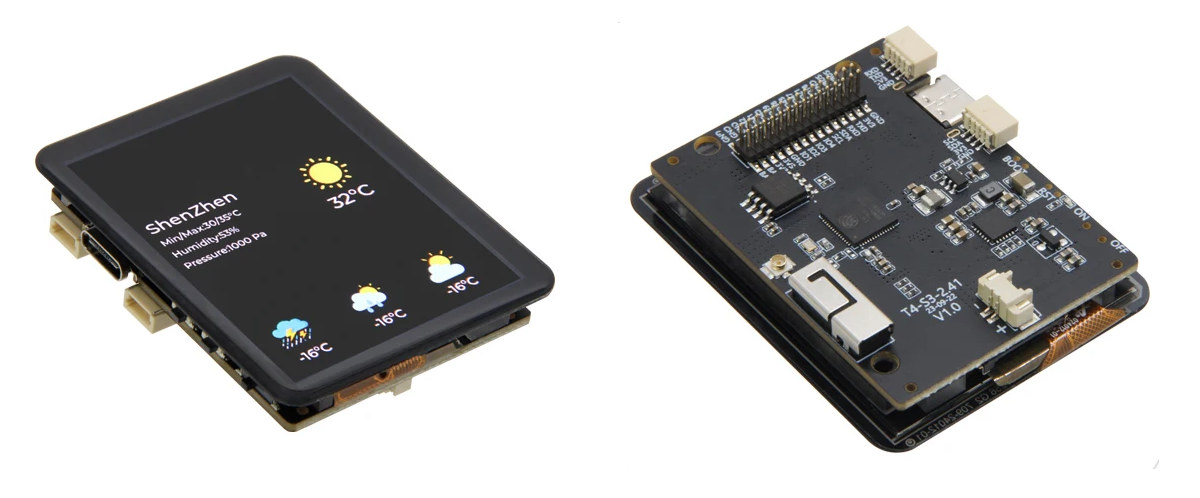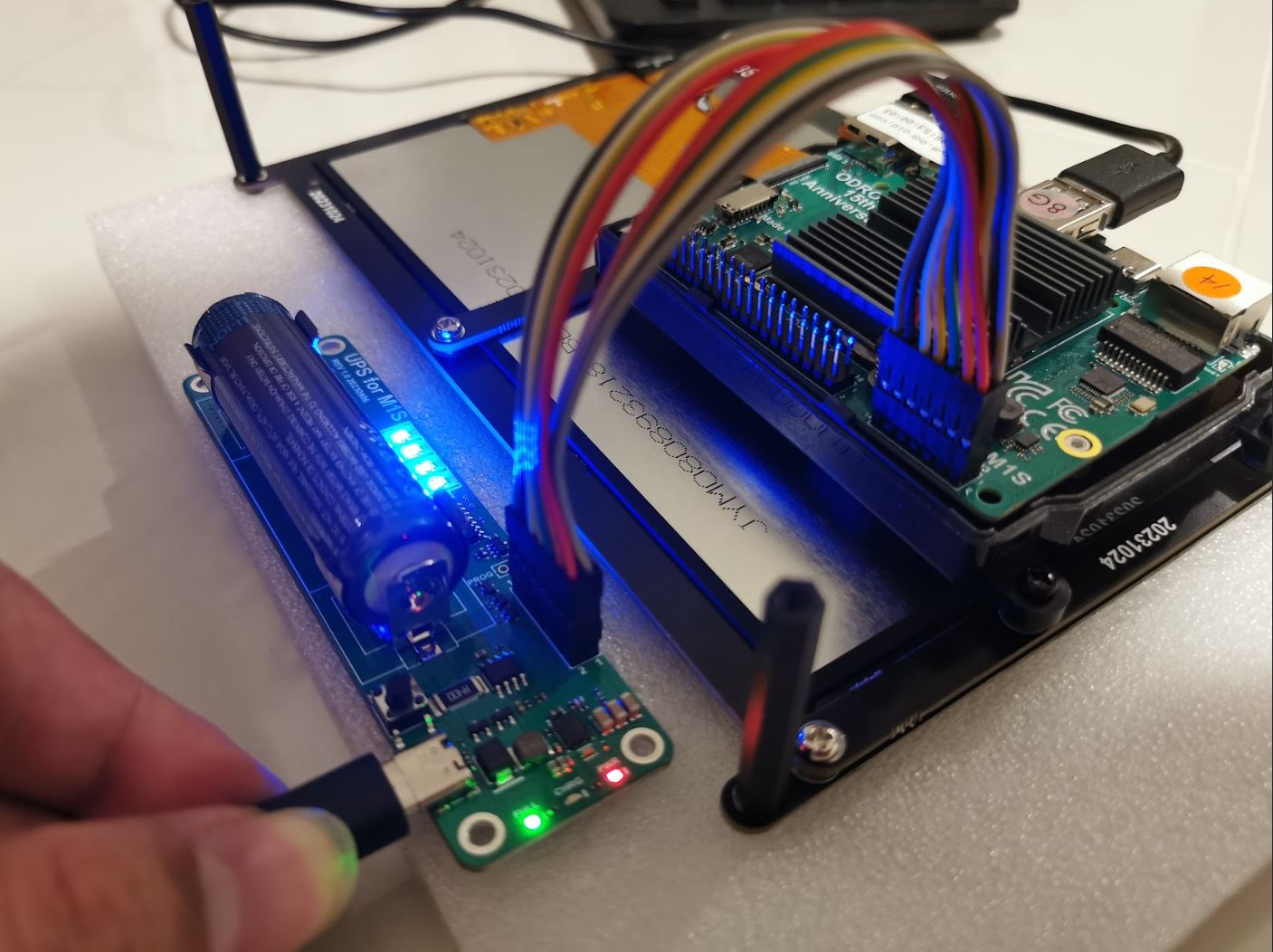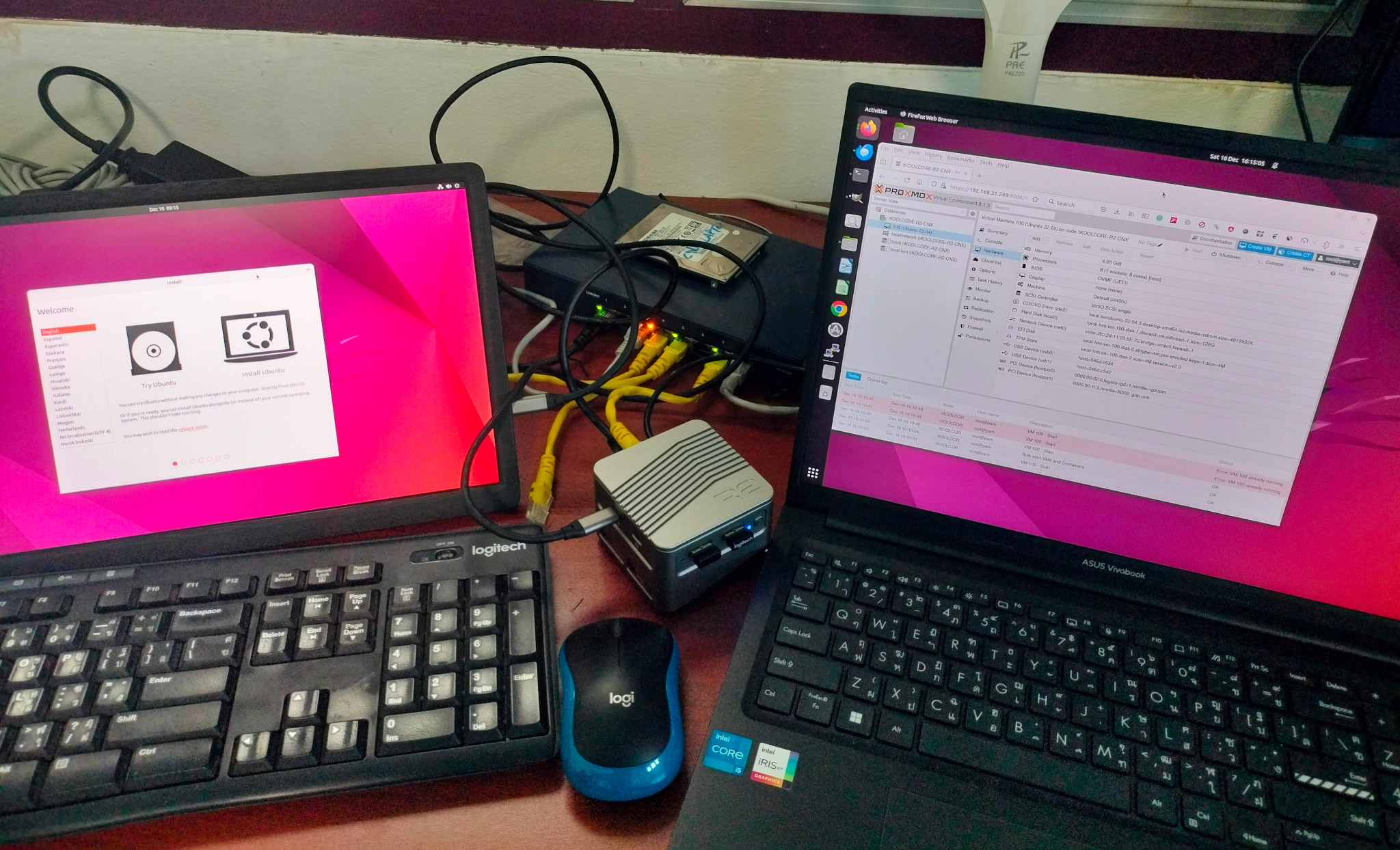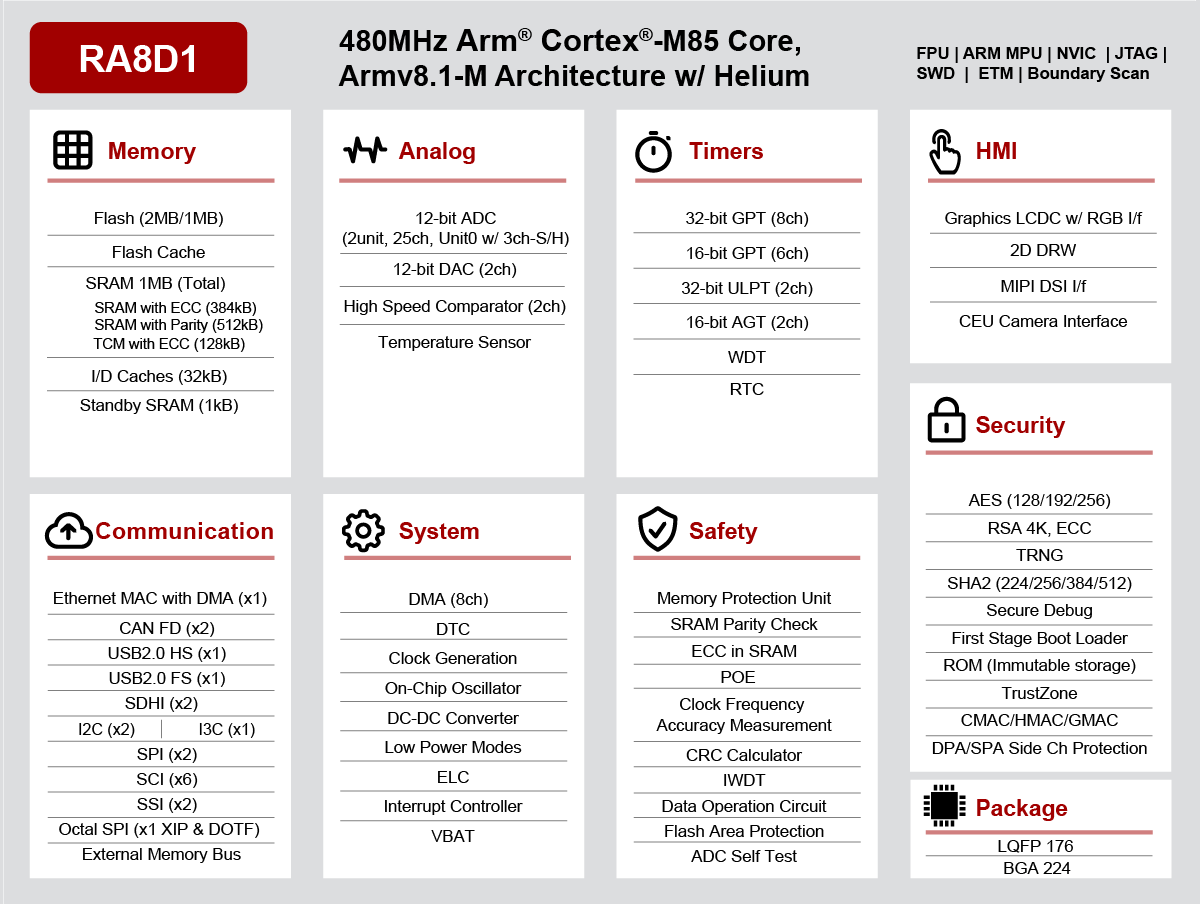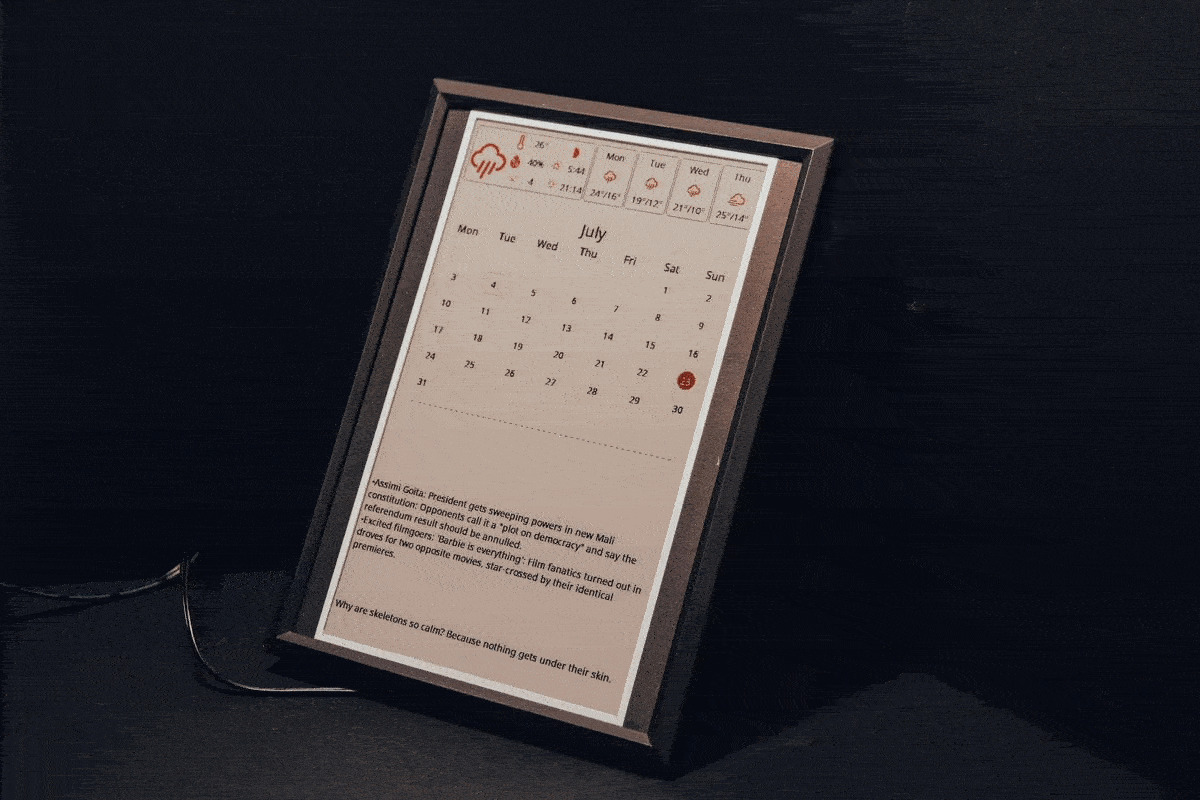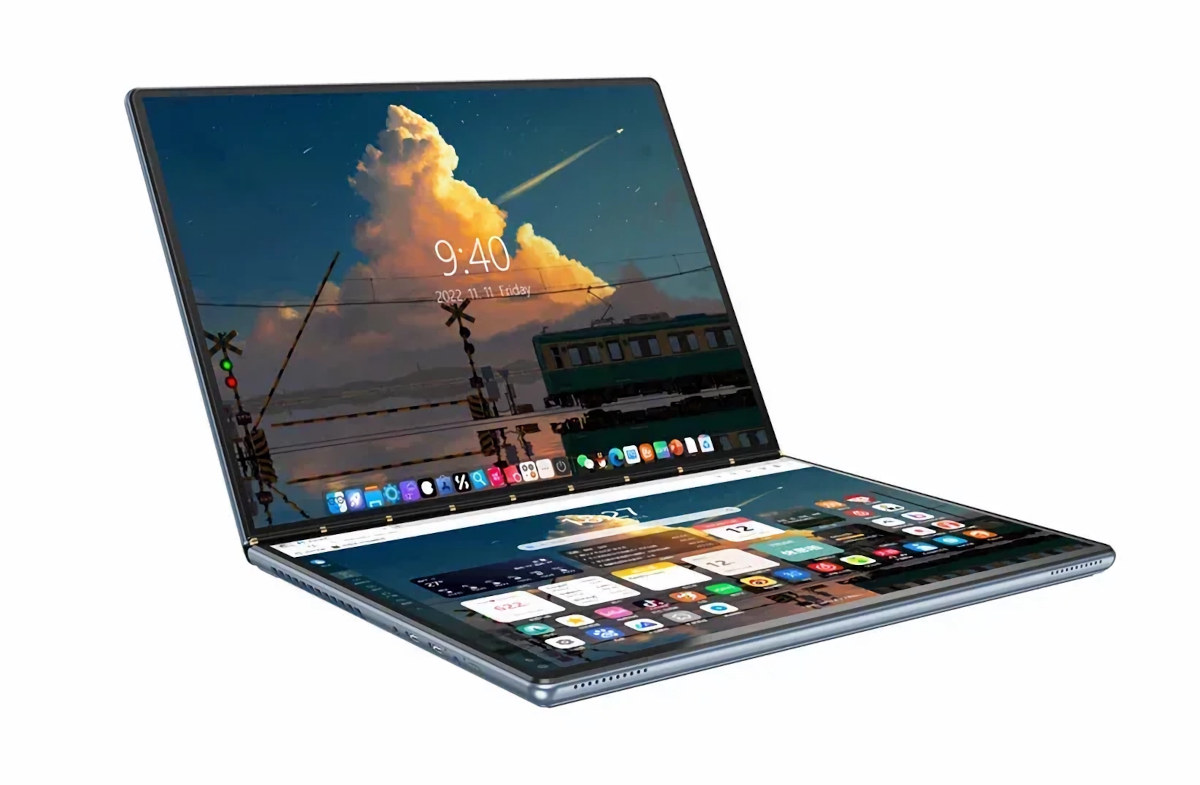When I wrote a hands-on post about Lichee Console 4A RISC-V development terminal I noted the display would sometimes have strange effects or simply go black. I’ve now fixed the issue, and I was just probably unlucky since the issue must be rare, but I’ll still document it in case somebody encounters a similar problem and for fun! First, the video below shows what I would see on my terminal after using it for a few minutes. Since then, the display has gone completely dark, and all I see is the backlight, but I can still access the device through an SSH terminal. It looks like a bad connection issue, but I still contacted Sipeed and they told me it must have been the display connector. So I turned off the device and reopened the enclosure to remove and reinsert the cable for the display as shown in the photo […]
Review of Elecrow’s 3.5-inch and 7.0-inch ESP32 display modules using Arduino programming
Hello, I’m excited to review the ESP32 display modules and HMI touchscreens from Elecrow with sizes ranging from 2.4 to 7.0 inches. For this review, Elecrow kindly provided me with both 3.5-inch and 7.0-inch models. While their screens differ in size, both modules share several components, such as the ESP32 microcontroller, making them adaptable options for a variety of projects. The Elecrow 7.0-inch display module is powered by the ESP32-S3-WROOM-1-N4R8 module equipped with an ESP32-S3 dual-core LX6 32-bit microprocessor, 4 MB of flash, 384 kB of ROM, and 512 kB of SRAM. This microcontroller supports both WiFi and Bluetooth for wireless communication. The 7.0-inch display itself is a capacitive touch screen with a resolution of 800×480 pixels. The display is controlled by the EK9716BD3/EK73002ACGB driver and is compatible with LVGL for additional functionality. In the case of the 3.5-inch display module, the main difference is the use of the ESP32-WROOM-32-N4 […]
LILYGO T4-S3 board combines 2.41-inch AMOLED touchscreen display with ESP32-S3R8 microcontroller
LILYGO T4-S3 is yet another ESP32-S3 board with an integrated display, but the main difference here is the 2.41-inch AMOLED touchscreen display with brighter colors than typical TFT displays. It’s actually not the first ESP32-S3 board with an AMOLED display from LILYGO as we previously covered the T-Track and T-Display-S3 AMOLED boards from the company, but the new T4-S3 has a larger 2.41-inch display with touchscreen function and an aspect ratio that may make it more suitable for a wider range of HMI applications. LILYGO T4-S3 specifications: SoC – Espressif ESP32-S3R8 CPU – Dual-core Tensilica LX7 microcontroller up to 240 MHz with vector instructions for AI acceleration Memory – 8MB PSRAM Wireless – WiFi 4 and Bluetooth 5.0 LE + Mesh connectivity Storage – 16MB SPI flash, MicroSD card socket Display – 2.41-inch RGB AMOLED touchscreen display with 600×450 resolution (QSPI controller) with 800cd/m2 brightness, 36.2 x 48.96mm active […]
ODROID-M1S review – Part 1: Ubuntu 20.04, Vu8S touchscreen display, UPS Kit, and WiFi Module 5BK
Hardkernel ODROID-M1S single board board was recently launched to celebrate the company’s 15th anniversary. While the ODROID-M1 board was introduced with the Rockchip RK3568 SoC last year, the new ODROID-M1S board is smaller and cheaper starting at just $49 and comes with a Rockchip RK3566 SoC. Hardkernel sent us a sample of the ODROID-M1S board for review with 8GB of memory and 64GB of storage as well as accessories. Let’s unpack the box before trying it out with Ubuntu 20.04 Desktop and testing each accessory. ODROID-M1S unboxing with ODROID-Vu8S display, UPS kit, and WiFi dongle The review package we received from Hardkernel included the ORDROID-M1S SBC in its plastic enclosure, the VU8S 8-inch touchscreen display, a UPS board, and a dual-band WiFi 5 USB dongle. The UPS module comes without a battery, so we had to find an 18650 battery to use it. As we’ll see further below, the UPS […]
How to use a monitor and USB mouse/keyboard in Promox VE on an Intel Alder Lake-N mini PC
We’ve started to see several Alder Lake-N platforms acting both as a mini PC and a router or network appliance with products such as iKOOLCORE R2 or CWWK x86-P5 which features not only the usual HDMI, USB, and single Ethernet port, but come with multiple Ethernet ports making them ideal to run Proxmox VE to simultaneous run a desktop OS such as Ubuntu 22.04 or Windows 11 and a headless network OS such as pfSense or OpenWrt. I’m currently reviewing iKOOLCORE R2 mini PC that comes with four 2.5GbE ports and I could install Ubuntu 22.04 Desktop, pfSense 2.7.1, and OpenWrt 23.05 relatively easily, but the Ubuntu desktop is only visible in the Proxmox VE dashboard and the HDMI display physically connected to the mini PC only shows Proxmox VE login prompt. So at this point, I learned that I had to enable PCIe passthrough for the GPU in Proxmox […]
Renesas RA8D1 Arm Cortex-M85 SoC features LCD display interfaces, 2D graphics accelerator
Renesas RA8D1 is a new Arm Cortex-M85 microcontroller with graphics capabilities such as a 2D graphics accelerator and MIPI DSI and parallel RGB interfaces to connect an LCD that will make the chip suitable for HMI applications. Renesas introduced the world’s first Arm Cortex-M85 microcontroller with the RA8M1 just a few weeks ago, but the MCU has limited multimedia capabilities with just a 16-bit Capture Engine Unit (CEU) interface to connect a camera. The second member of the Renesas RA8 family fills this void with the RA8D1 microcontroller adding an LCD controller and a 2D graphics drawing engine on top of the CEU camera interface. Renesas RA8D1 specifications: MCU core – Arm Cortex-M85 clocked at 480 MHz with Helium MVE (M-Profile Vector Extension) with 32KB I/D caches, 12KB data flash Memory & Storage 1MB SRAM with TCM (128KB) 1MB to 2MB Flash memory 32-bit external SDRAM interface Display interfaces and […]
Inkycal v3 is a Raspberry Pi-Powered ePaper Dashboard for Your Desk
Inkycal v3 is an eco-friendly, customizable E-paper dashboard built with Python 3 and powered by a Raspberry Pi Zero W SBC for organizing and displaying information. Previously, we have covered many E-paper display modules like Inkplate 4, EnkPi, Inkplate 2, and other E-paper display modules. But what makes Inkycal v3 different is its open-source software, a 7.5″ E-paper display with a black frame, and its modular approach to home screen settings. Features of Inkycal v3 E-paper Display: Integrated System – Raspberry Pi Zero W with E-Paper display and custom driver board. Design – Slim 13x18cm frame, black with a black-and-white bezel, and concealed components. Software – Inkycal OS, Python 3-based, supports new SPI displays including 12.48″ models. Modularity – Offers calendar, image, slideshow, RSS feeds, stock tickers, weather, and Todoist modules. User-Friendly – Configurable via a web app, no coding needed. Community Support – Active Discord channel for assistance and […]
SZBOX DS135D – A dual-screen laptop with an Intel Processor N100 CPU
A few companies have been making dual-screen laptops – where one of the screens is placed where you’d typically find the keyboard and touchpad – for several years, and this type of design was brought back to the forefront with the Lenovo Yoga Book 9i introduced earlier this year with two 13.3-inch displays and a 13th-gen Intel Core Raptor Lake-U processor for $2,000 and up. If you like the concept but don’t quite have that much money to spare, SZBOX DS135D dual-screen laptop is a much cheaper option with two 13.5-inch displays, an entry-level Intel Processor N100 SoC, 16GB DDR5, and 128GB to 2TB NVMe SSD going for $699 and up on Aliexpress. SZBOX DS135D specifications: SoC – Intel Processor N100 quad-core processor up to 3.4 GHz (Turbo) with 6MB cache, 24EU Intel HD graphics @ 750 MHz; TDP: 6W System Memory – 16GB DD5 Storage – 128GB to 2TB […]


